The Best Benefits & Uses Of Inflammation Aid Essential Oil Blend

There’s a lot of conversation these days about essential oils for inflammation. Inflammation is not a rare occurrence or a malady that happens to only a few. All people at some point in their life, deal with pain and inflammatory issues. They can arise in the form of injuries, migraines and even digestive issues and can be acute or chronic and most of us have different coping mechanisms for pain relief.
But what is the difference between acute and chronic inflammation? For starters, inflammation generally occurs because of outside influences. When something harmful invades our bodies, our immune system works on overdrive to recognize the destructive substances and creates an inflammatory response to destroy them to begin the healing process.[1]
Acute inflammation normally occurs because of a sprained ankle, a cut or wound, a virus or bacterial infection or even digestive upset due to eating something that makes us sick. Chronic inflammation generally occurs over a longer period of time and happens when there is no immediate outside danger and can take months or years to build up to the point where it causes issues with daily life.[2]
Some examples of chronic inflammation are rheumatoid arthritis, asthma, Alzheimer’s disease, autoimmune diseases or inflammatory bowel disease (IBD) such as Crohn's. Classic signs of chronic inflammation can include fatigue, chest pain, fever, joint and muscle pain and even skin rash (such as psoriasis). Autoimmune diseases are special in that inflammation presented over time can lead to a person's immune system attacking one's own body tissues.
Treatments for acute inflammation include rest for a few days, wound care, ice and medicines such as ibuprofen. Chronic inflammation regimens take a longer period of time to heal. The prescription can include eating a healthier diet and removing foods that can cause inflammation to maintain a healthy weight, supplements, NSAIDs and even steroid injections. Diet to reduce inflammation usually encompasses avoiding sugar, trans fats, MSG and even gluten in many cases, not smoking, exercising, reducing or eliminating alcohol consumption and not to be dismissed: managing stress.
Thankfully, these days, reaching far and wide to find support with natural remedies such as essential oils for inflammation is not terribly difficult. Plants have a natural power we can rely on, the hardest part is knowing what to reach for and trusting the information. So let's take a deeper dive to understand more about the best essential oil singles we used to make our Inflammation Aid essential oil blend to help you achieve your health goals and attain homeostasis.
“Chronic inflammation leads to a progressive shift in the type of cells present at the site of inflammation and is uniquely characterized by simultaneous destruction and healing of the tissue from the inflammatory process. Inflammation must therefore be controlled to ameliorate symptoms and prevent chronic inflammatory disease.”[3]
Inflammation Aid Essential Oil Benefits
Inflammation Aid essential oil blend is a mingling of some of the best essential oils in the aromatherapy world that shine brightly when it comes to combatting muscle and joint pain, respiratory concerns, skin inflammatory issues, wound healing and even with abdominal and digestive issues via topical massage oil application.
The beneficial essential oils in this blend include Copaiba (Copaifera langsdorffii), Frankincense (Boswellia carterii), Turmeric (Curcuma longa), Spruce- Black (Picea mariana), Lavender (Lavandula angustifolia), Chamomile- German (Matricaria chamomilla, Ginger (Zingiber officinale) and Cistus (Cistus ladanifer). Each of these oils has incredible its own anti-inflammatory property as well as a myriad of other benefits.
Most potent anti-inflammatory essential oils
Copaiba essential oil (Copaifera langsdorffii)[4] is on top of the list as the best essential oil to utilize for its versatility. This oil is a dynamic anti-inflammatory and pain reliever. It promotes wound healing and eases pain and increases circulation to soothe joint inflammation[5] such as knee pain, nerve pain and achy muscles. Copaiba is known for its promotion of clear, smooth skin[6] and also touts antioxidant properties that address free radicals. Copaiba also supports the nervous system due to its component b-caryophyllene by consoling anxious sentiments.
Frankincense follows on the heels of Copaiba with both types of essential oil extracts: steam distilled and CO2 extraction. As many of us know Frankincense (Boswellia carterii) can be extremely healing to the skin, especially in the face of eczema and psoriasis[7] as well as pertinent for its immune-modulating effects. Plus, it also helps our respiratory system, especially for those with asthma and allergies by breaking up congestion - and this includes when sick with a cold or flu. Its grounding properties can truly help soothe reactions to stress, in turn alleviating triggers of internal inflammation. Whether you use it with steam distillation, diffusing in your home or in topical blends for skin or for digestive issues, this oil has you covered.
Turmeric CO2 (Curcuma longa) can add warmth to the body - but not in a bad way - it aids the diminishing of chronic pain and inflammation by increasing circulation. In skin care, it can add a healthy glow and soften and placate damaged skin. With digestive issues, it can reduce gas and support the liver. Its attention to muscles and joints reduces inflammation of arthritis[8] along with the pain.
As an analgesic and antispasmodic and anti-inflammatory[9], Black Spruce (Picea mariana) has a special place in resolving muscle pain, muscle soreness, muscle spasm, minor injury pain as well as relieving inflammatory skin issues, esp in relation to psoriasis[10]. Its antispasmodic abilities extend to easing spastic cough and for this is worthy of use in a chest rub, with a diffuser or inhaled via steam inhalation during cold and flu season. In a salve, it can also assist in healing small wounds.
We have all heard of and know Lavender essential oil. It’s one of the most studied plant-based oils in circulation today[11]. Soothing many types of skin issues, Lavender oil has a way of manipulating and encouraging recovery from a range of issues including alleviating painful, sore areas while simultaneously pacifying anxious and stressful moments. Lavender- Bulgarian (Lavandula angustifolia) is an analgesic, antianxiety, antispasmodic, anti-inflammatory[12] and immune stimulant, skin regenerative, sedative and antioxidant. It is an ambitious essential oil that is difficult oil to ignore and a trusted companion in any medicine cabinet.
Chamomile- German CO2 (Matricaria chamomilla) benefits the respiratory and skin systems as an antihistamine and comes in remarkably useful during allergy season. It has an impressive potency against inflammation specifically in regard to epidermal redness and its ability to speed up the healing of wounds[13]. It is antispasmodic and can allay muscular and joint pain and sedate nerve issues associated with arthritic joints[14].
Ginger essential oil (Zingiber officinale)[15] is well known for its range of dependability against digestive issues and inflammation. In studies, it has been targeted for its power to alleviate symptoms of osteoarthritis, rheumatoid arthritis, and general muscular discomfort. As an anti-inflammatory[16], Ginger oil can inhibit pain signals from the nervous system and also due to its warmth can reduce chronic muscular stiffness and joint pain.
Cistus (Cistus ladanifer) aka Rock Rose is added to blends for the purpose of de-stressing mood and addressing anxiety and emotional instability. But that's not all! As a floral oil, Cistus is a natural in skin care blends and combines well with Tamanu oil to enhance the care and treatment of wounds[17] and scars, reduce pain and mitigate irritated and inflamed skin.
To read more about how essential oils can help inflammatory issues, feel free to click on this blog post.
How To Use Inflammation Aid Essential Oil Blend
Pain can be debilitating, and many of us know this. But a lot has to do with our attitude toward it. As Frida Khalo stated, “at the end of the day, we can endure much more than we think we can.” With the support of Inflammation Aid essential oil, a good diet and mental attitude and a drive to self-heal, you too can recover and move on with a smile instead of a grimace.
For your restorative journey:
Apply a topical treatment:
- Inflamed skin for cases of psoriasis and eczema
- Acute or chronic pain, joint inflammation and nerve pain as well as muscle aches
- Abdominal cramps
- Minor injuries and wound healing
- Diluted into an Epsom salt bath for its sore muscle and joints.
- Diffusing to ease anxiety, stress and breathing difficulties (6 drops in a diffuser with 100 ml of water)
- Steam Inhalation for breathing difficulties
Inflammation Aid Essential Oil DIYs
Massage oil for Neck, Back, Joint Pain and Abdominal Issues
Fill a 1 oz glass bottle with Trauma Oil or Arnical carrier oil, blend in 18 drops of Inflammation Aid, shake well and massage into sore spots. Employ a heating pad for 10-15 minutes after application to better absorb the healing oils into your skin.
Bath Blend
While the tub is filling up with warm, steamy water combine in a bowl:
- 2 cups of Epsom salts (magnesium in the salts further alleviates pain and inflammation as well as anxiety)
- ½ c baking soda (to soften skin)
- ½ cup Castile soap and 6 drops of Inflammation Aid essential oil blend
Steam Inhalation
Heat water until it is steamy and place a glass or ceramic bowl where you want to steam, and pour the water into the bowl. Tent a large towel over your head, add 1 drop of Inflammation Aid essential oil blend, close your eyes and cover the bowl and your head with the towel. Breathe in deeply for at least 1 minute.
Skin Irritation and Dry Skin Salve
In a double boiler, melt a combination of Candelilla Wax (or Beeswax) and Calendula-infused carrier oil. Once melted, take off the stovetop and add 20-25 drops of Inflammation aid, stir gently and pour immediately into a 2 oz jar using a rubber spatula to scrape all the oil salve into the jar. Let cool in the fridge overnight and when hardened use it on dry and irritated skin. (This blend can also be used on small wounds.)
- 1 1/2 oz Calendula infused herbal oil
- 1/2 oz Candelilla wax (or .75 oz Beeswax)
- 20 drops of Inflammation Aid Essential oil
Wound and Scar Healing Roll-On
Using a glass vial, filled up nearly to the top with carrier oil such as Hemp Seed Oil or Tamanu oil, add 8-10 drops of Inflammation Aid. Roll onto localized sore spots as often as needed and massage into the skin.
SOURCES:
- Chronic Inflammation https://www.ncbi.nlm.nih.gov/books/NBK493173/#:~:text=Introduction,%5D%5B2%5D%5B3%5D
- Inflammation https://my.clevelandclinic.org/health/symptoms/21660-inflammation
- Turmeric and Frankincense in Inflammation: An Update https://www.naturalmedicinejournal.com/journal/turmeric-and-frankincense-inflammation-update
- Copaifera langsdorffii Desf.: A chemical and pharmacological review https://www.sciencedirect.com/science/article/abs/pii/S1878818121003583
- Treatments for Inflammatory Arthritis: Potential But Unproven Role of Topical Copaiba https://www.ncbi.nlm.nih.gov/pmc/articles/PMC6413642/
- GC–MS profiling of the phytochemical constituents of the oleoresin from Copaifera langsdorffii Desf. and a preliminary in vivo evaluation of its antipsoriatic effect https://www.sciencedirect.com/science/article/abs/pii/S0378517312008162
- Biological activities of frankincense essential oil in human dermal fibroblasts https://www.ncbi.nlm.nih.gov/pmc/articles/PMC5801908/
- Anti-Inflammatory Effects of Curcumin in the Inflammatory Diseases: Status, Limitations and Countermeasures https://www.ncbi.nlm.nih.gov/pmc/articles/PMC8572027/#:~:text=In%20a%20clinical%20trial%20of,and%20oxidative%20stress%20%5B60%5D
- Study on chemical composition, antioxidant and anti-inflammatory activities of hot water extract from Picea mariana bark and its proanthocyanidin-rich fractions
https://scholar.google.com/scholar_lookup?journal=Food+Chem.&title=Study+on+Chemical+Composition,+Antioxidant+and+Anti-Inflammatory+Activities+of+Hot+Water+Extract+from+Picea+mariana+Bark+and+Its+Proanthocyanidin-Rich+Fractions&author=P.N.+Diouf&author=T.+Stevanovic&author=A.+Cloutier&volume=113&publication_year=2009&pages=897-902&doi=10.1016/j.foodchem.2008.08.016& - Picea mariana polyphenolic extract inhibits phlogogenic mediators produced by TNF-α-activated psoriatic keratinocytes: Impact on NF-κB pathway https://www.sciencedirect.com/science/article/abs/pii/S0378874113007411
- Antioxidant, analgesic and anti-inflammatory effects of lavender essential oil https://pubmed.ncbi.nlm.nih.gov/26247152/
- Anti-inflammatory effect of lavender (Lavandula angustifolia Mill.) essential oil prepared during different plant phenophases on THP-1 macrophages https://bmccomplementmedtherapies.biomedcentral.com/articles/10.1186/s12906-021-03461-5#:~:text=Conclusion,TNF%CE%B1%20of%20THP%2D1%20cells.
- German Chamomile https://www.mountsinai.org/health-library/herb/german-chamomile#:~:text=Animal%20studies%20have%20shown%20that,sedative%20to%20help%20with%20sleep.
- A systematic review study of therapeutic effects of Matricaria recuitta chamomile (chamomile) https://www.ncbi.nlm.nih.gov/pmc/articles/PMC5074766/
- Ginger on Human Health: A Comprehensive Systematic Review of 109 Randomized Controlled Trials https://www.ncbi.nlm.nih.gov/pmc/articles/PMC7019938/
- Getting to the Root of Chronic Inflammation: Ginger’s Antiinflammatory Properties https://www.sciencedirect.com/science/article/pii/B9780128051863000059
- Phytochemical profile, in vivo anti-inflammatory and wound healing activities of the aqueous extract from aerial parts of Cistus ladanifer L https://www.sciencedirect.com/science/article/abs/pii/S0731708522003818?via%3Dihub
- A Cistus incanus Extract Blocks Psychological Stress Signaling and Reduces Neurogenic Inflammation and Signs of Aging in Skin, as Shown in In-Vitro Models and a Randomized Clinical Trial https://www.mdpi.com/2079-9284/10/1/4

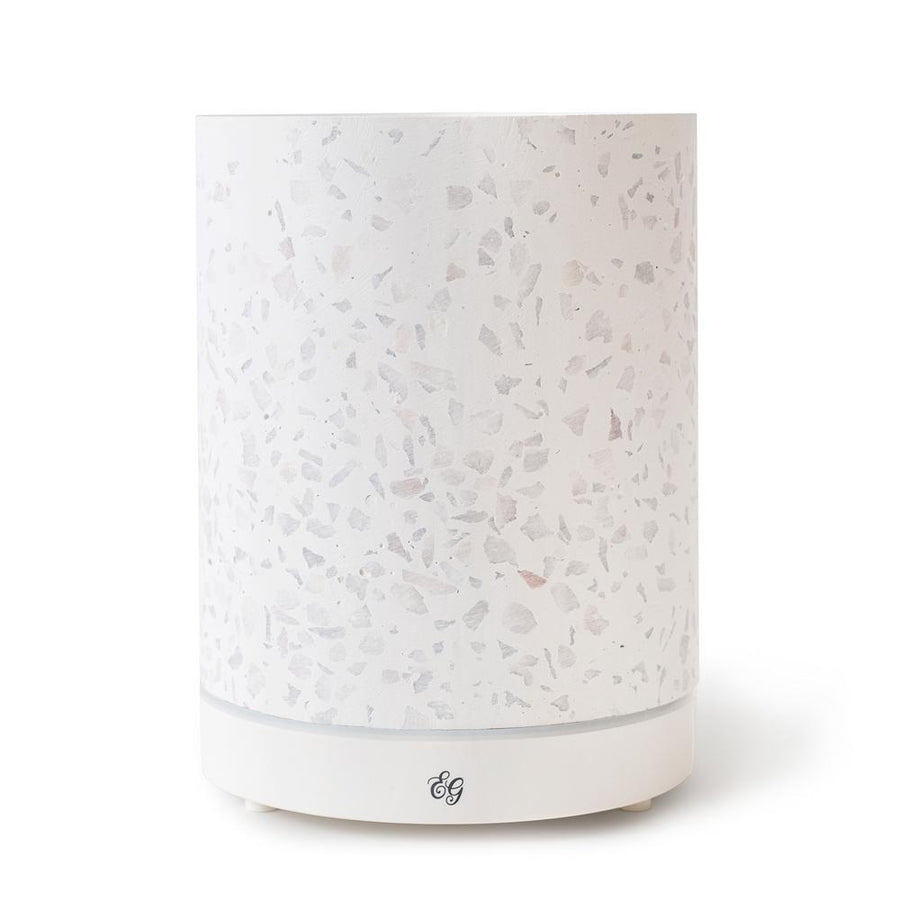
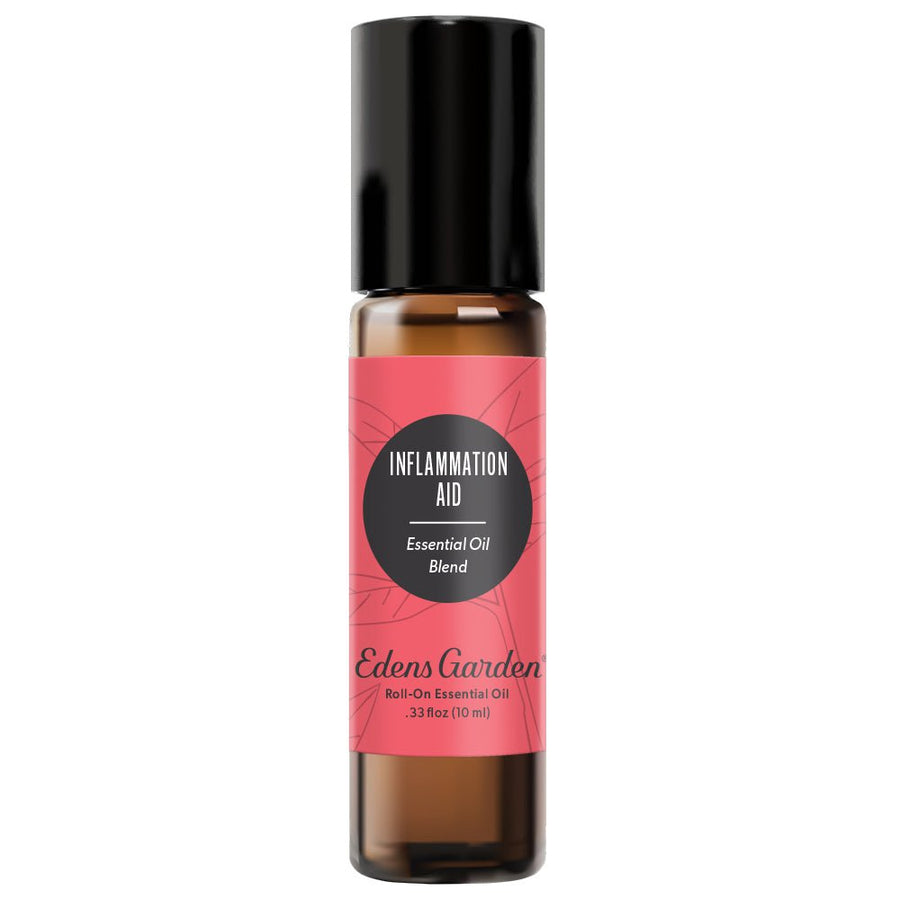

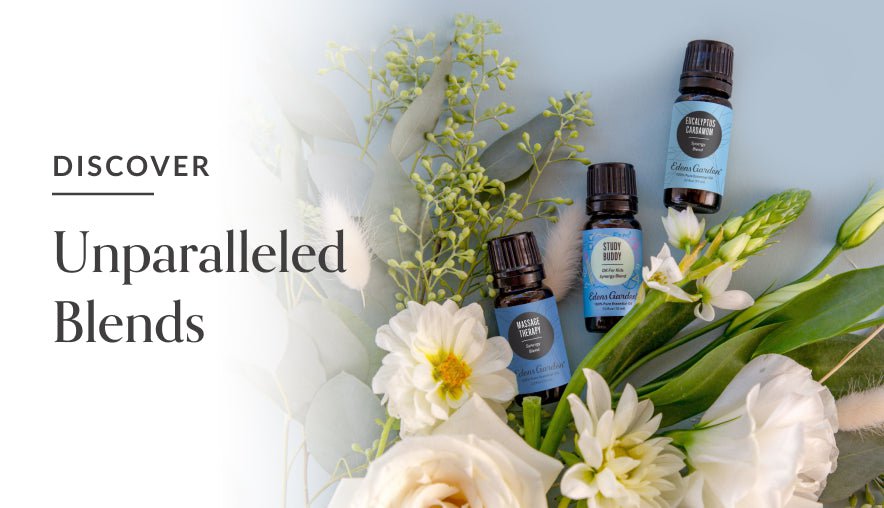
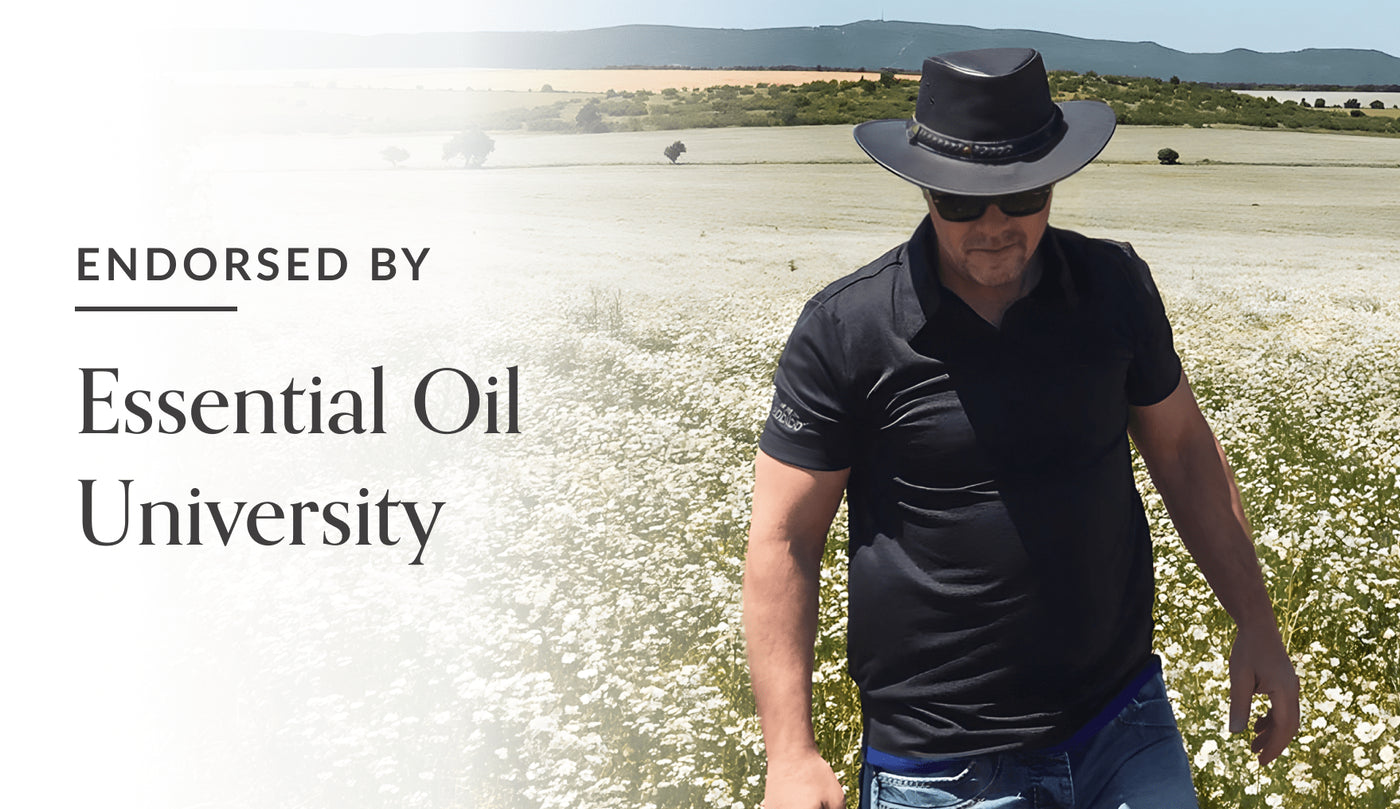
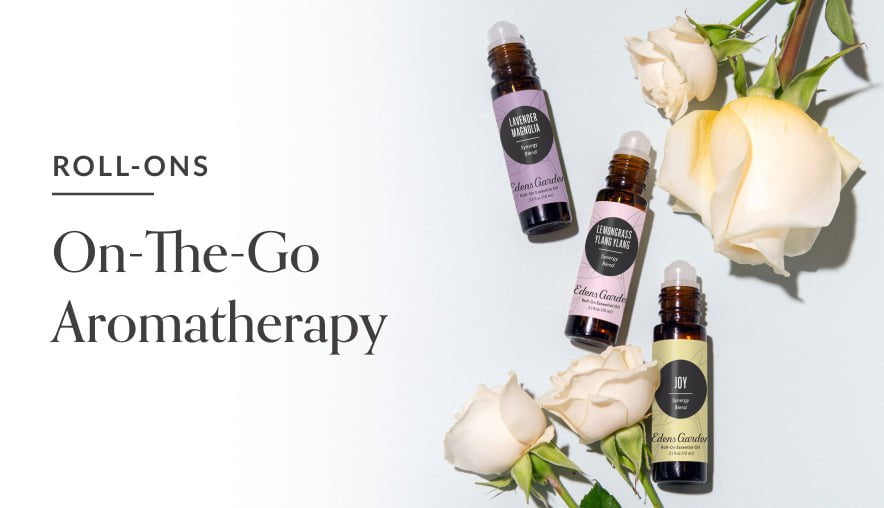
Leave a comment (Comments will be approved before showing up)